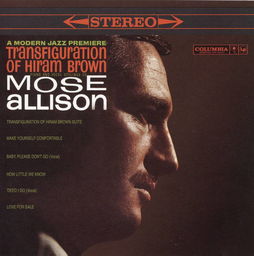
Images of Brown Recluse Bite Stages: A Detailed Look
Understanding the stages of a brown recluse spider bite can be crucial in diagnosing and treating the injury. These spiders, known for their venomous bites, are prevalent in certain regions of the United States. By examining the various stages of a brown recluse bite, you can gain a clearer picture of the potential risks and necessary steps for recovery.
Initial Bite

The first stage of a brown recluse bite is the actual bite itself. This occurs when the spider’s fangs inject venom into the skin. The bite is typically painless at first, which can be misleading. It may appear as a small, red or purple mark on the skin, often mistaken for a simple insect bite.
Immediate Response

After the bite, the venom begins to work its way through the bloodstream. This can lead to immediate symptoms, such as pain, swelling, and redness around the bite area. Some individuals may also experience nausea, vomiting, or fever.
Wound Development

As the venom continues to spread, the wound may begin to change. The area around the bite may become increasingly red and swollen. In some cases, a necrotic lesion may form, which is characterized by a dark, sunken area in the skin. This is a serious complication and requires immediate medical attention.
Here is a table showing the progression of the wound:
| Stage | Wound Appearance | Timeframe |
|---|---|---|
| Initial Bite | Small, red or purple mark | Immediate |
| Immediate Response | Pain, swelling, redness | Minutes to hours |
| Wound Development | Increasing redness, swelling, possible necrotic lesion | Hours to days |
Systemic Symptoms
In some cases, the venom can cause systemic symptoms, such as joint pain, muscle aches, and fever. These symptoms may appear hours or even days after the initial bite. If you experience any of these symptoms, it is important to seek medical attention promptly.
Diagnosis and Treatment
Diagnosing a brown recluse spider bite can be challenging, as the symptoms can be similar to those of other conditions. However, a healthcare professional can often identify a brown recluse bite based on the appearance of the wound and the patient’s history of exposure to the spider.
Treatment typically involves cleaning the wound, applying an antibiotic ointment, and taking pain relievers. In cases of severe infection or necrotic lesions, additional treatment may be necessary, such as antibiotics or surgery.
Prevention and Awareness
The best way to avoid a brown recluse spider bite is to prevent encounters with these spiders. This includes being cautious when handling items found outdoors, such as boxes or clothing. If you live in an area where brown recluse spiders are common, it is important to be aware of their presence and take steps to reduce your risk of exposure.
By understanding the stages of a brown recluse bite and the potential risks involved, you can take appropriate action to ensure a safe and timely recovery.



